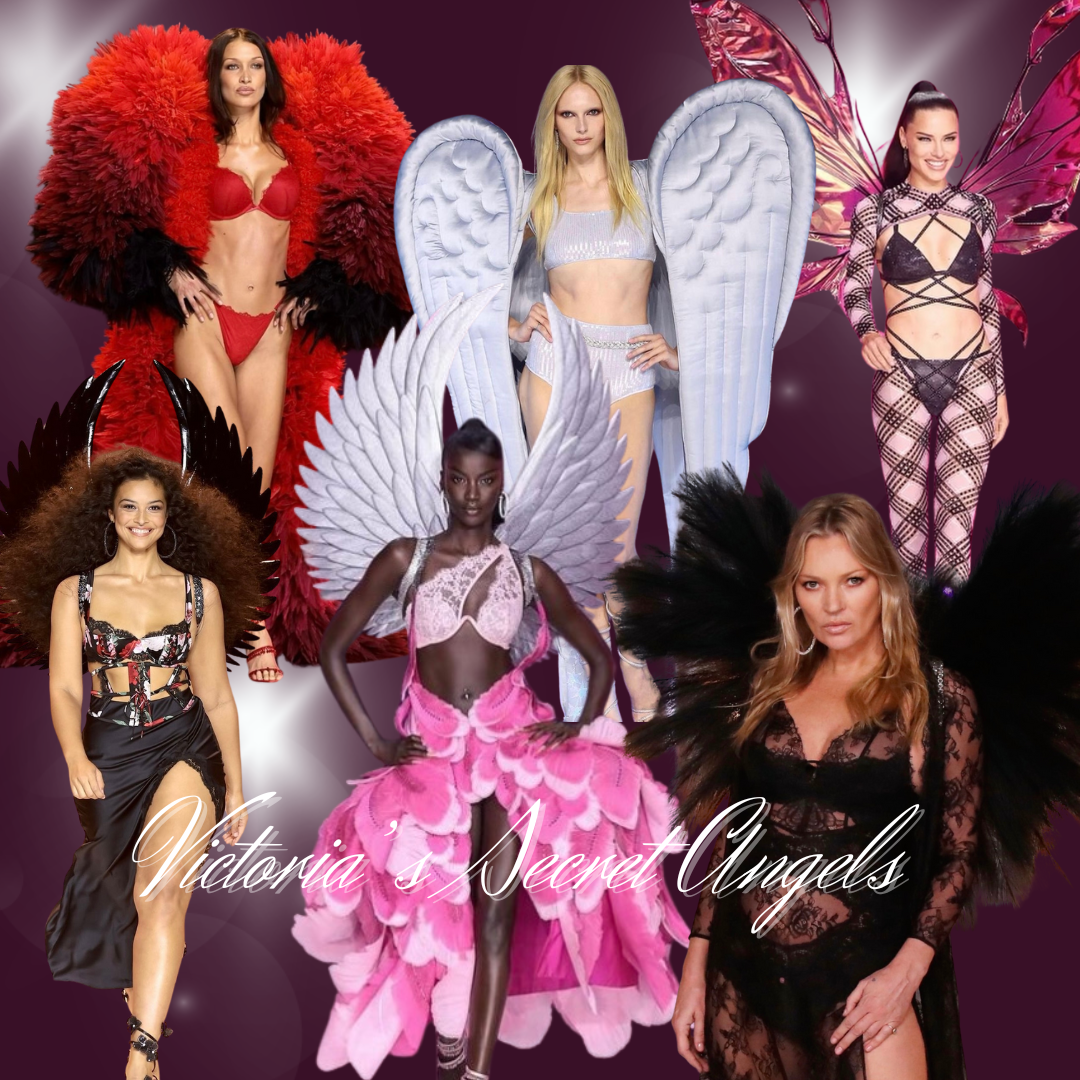AUTHOR: Ola Omar
GRAPHIC DESIGNER: Ola Omar
After years of harmful, body negative campaigns and a business model thriving on the male gaze, Victoria’s Secret made a comeback with its rebrand to empower women all over the world with its highly inclusive female representation. Victoria’s Secret’s show this year gave insight into the new business model inspired by feminism and body positivity.
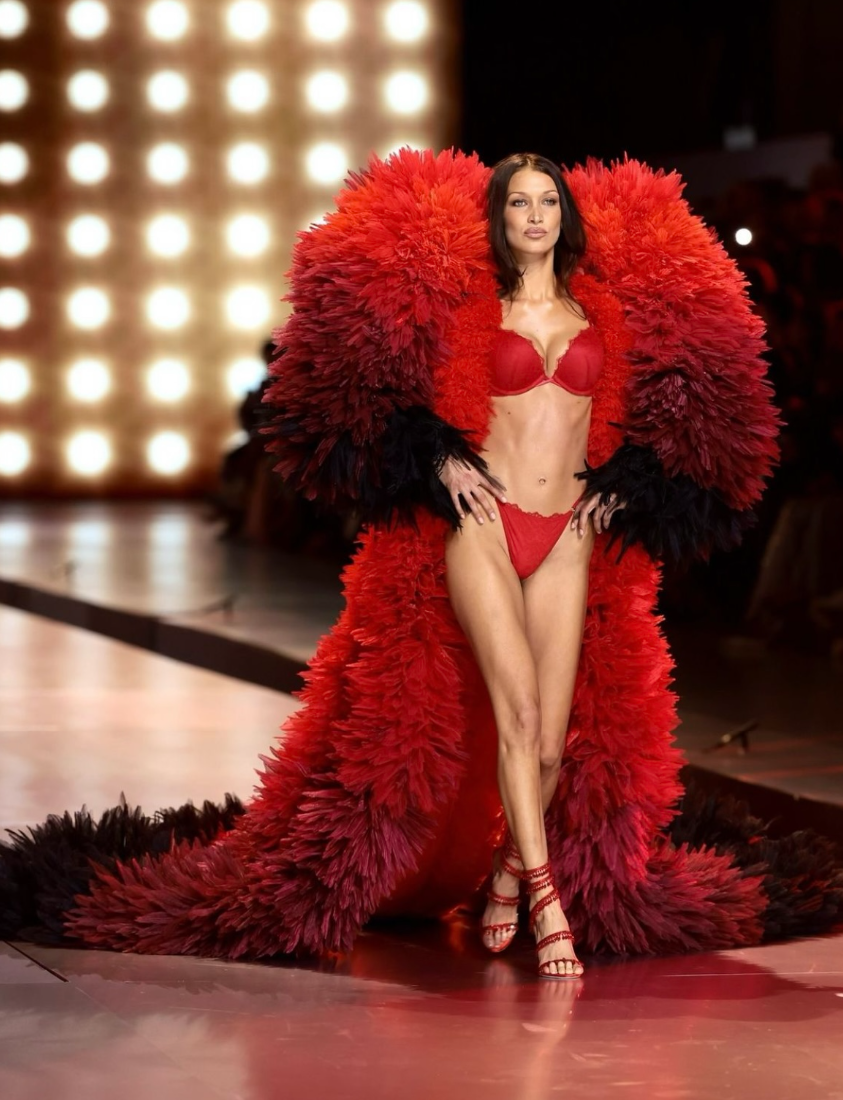
The body positivity movement challenged Victoria’s Secret’s business model, one that revolved around “perfect body” campaigns and negative stereotypes for how a woman’s body should look like. Women refused to support a brand that thrived on creating an unrealistic body standard for women and that was reflected in Victoria’s Secret’s sales over the years. The economy during the COVID-19 pandemic in 2020 didn’t help either. This caused Victoria’s Secret to announce their rebrand in 2021 to focus on empowering women everywhere with a more inclusive approach. While this was great to hear, Victoria’s Secret canceled their annual Victoria’s Secret Angels show which caused a stir among fans. People were wondering why inclusivity can’t be glamorous and demanded to see the angel wings on everybody. The company listened and certainly delivered. Three years later in 2024, the Victoria’s Secret show was aired again causing global excitement. The world witnessed the return of the original Victoria’s Secret angels and were introduced to new angels as well. The show was a wonderful experience of body positivity and femininity through their inclusive representation of women with different skin colors, body shapes, and ages.
A show that used to be dominated by white women, Victoria’s Secret’s 2024 show featured models from various ethnic backgrounds with different skin tones. Some models recognized were Anok Yai who is a black South-Sudanese model, Imaan Hammam, a Dutch model of Moroccan and Egyptian descent as well as Liu Wen, the first Chinese model to walk for Victoria’s Secret’s Fashion Show.
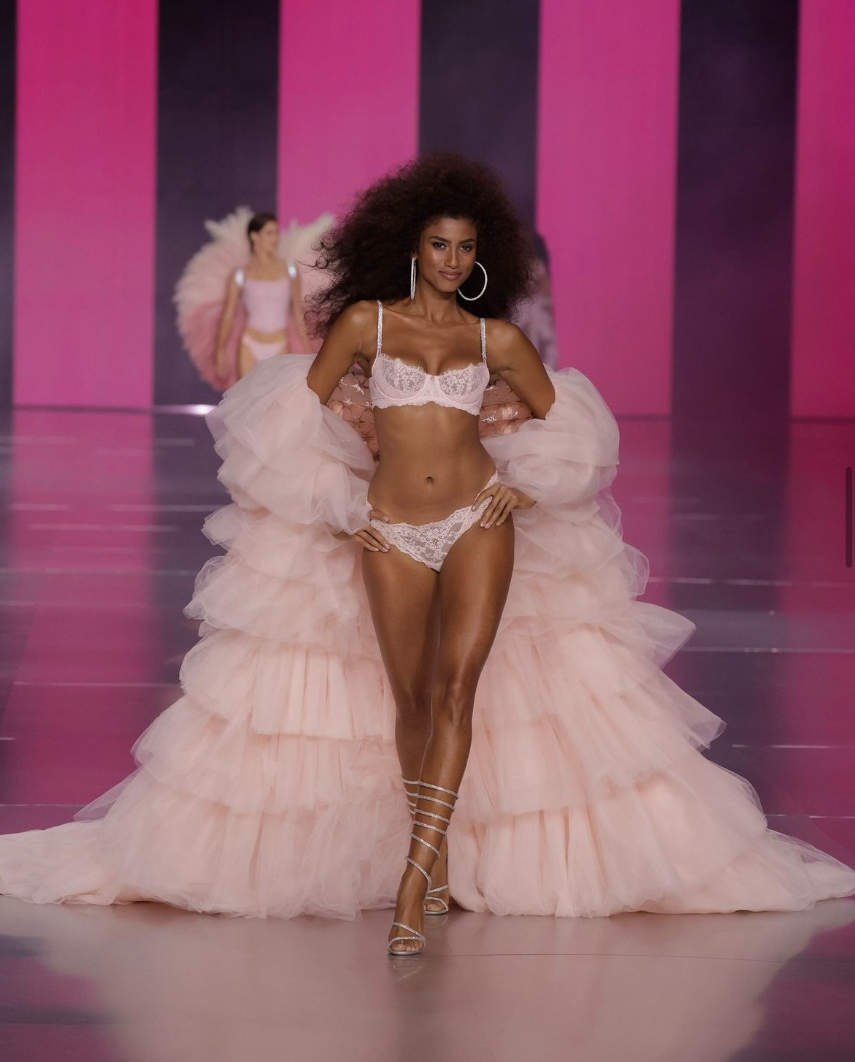
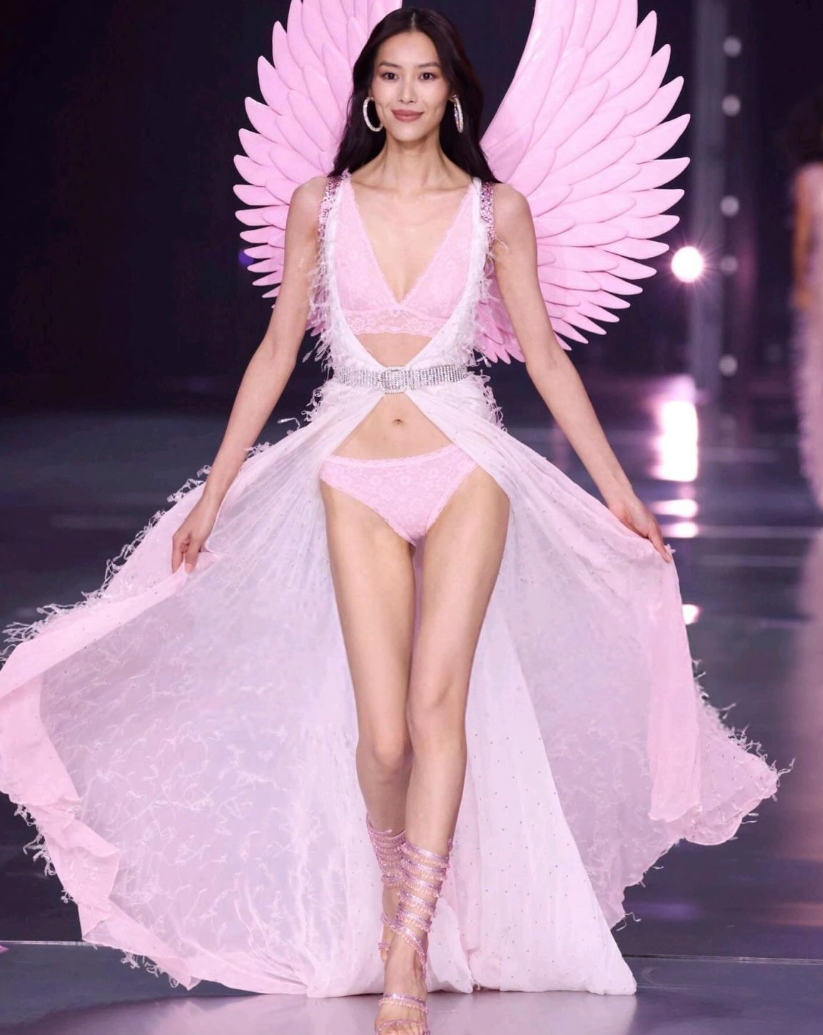
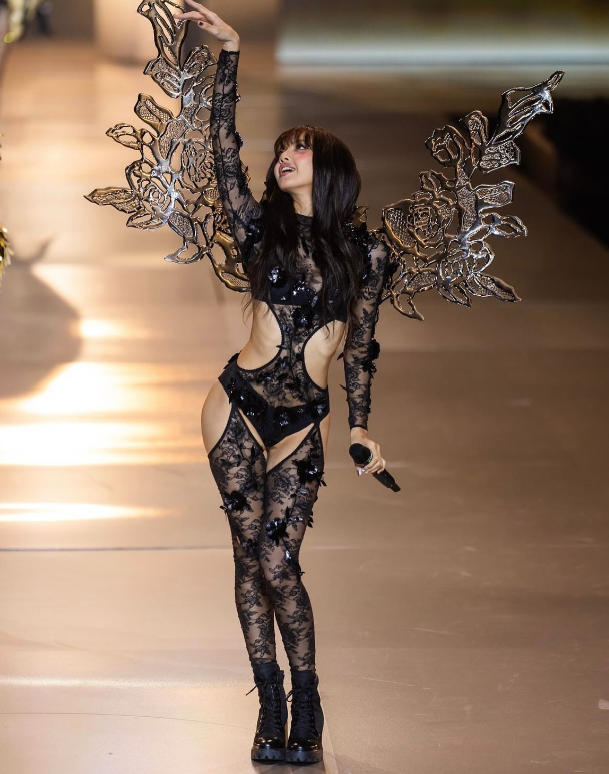
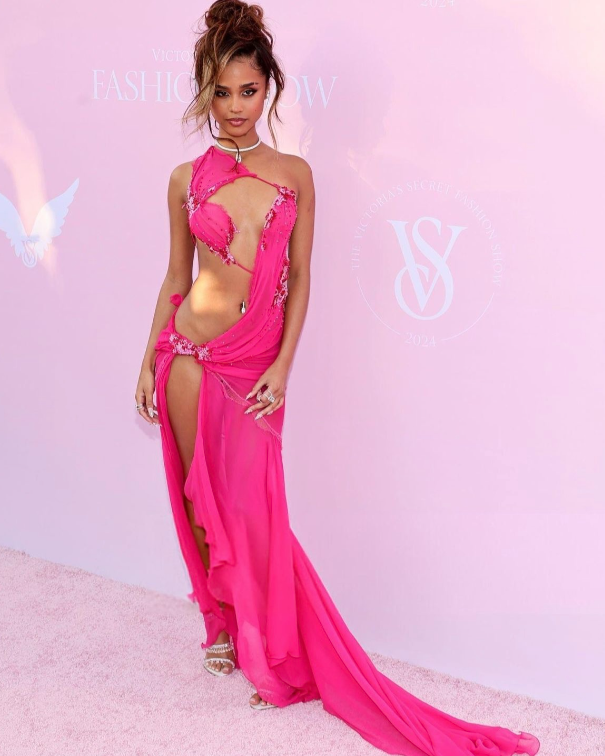
After years of Victoria’s Secret’s angels having a very strict diet and some even developing anorexia to prepare for the show. Victoria’s Secret moves away from an unhealthy and unrealistically thin body figure to more realistic bodies and a diverse range of body shapes on the runway. We can see that the models prioritized having a healthy and strong body this year. In an interview with ET, model Barbara Palvin Sprouse declared that this year she didn’t deprive herself from any kinds of food and instead listened to her body and ate what she wanted. This showed that Victoria’s Secret harmful stereotypes and practices may have finally come to rest. Some plus size models that were seen on the runway include Ashley Graham, Kai Soleil, and Devyn Garcia. The show even included trans-women models this year like Alex Consani.
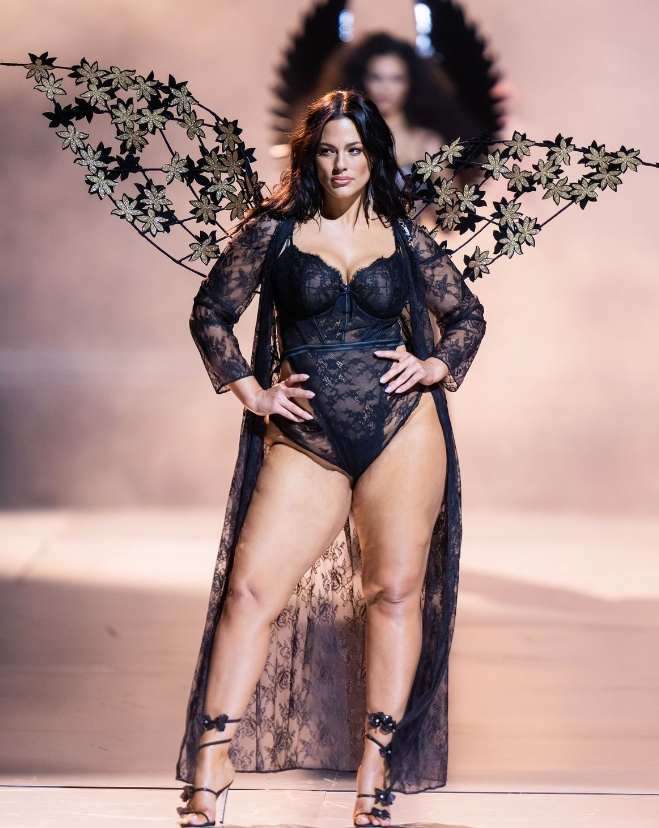
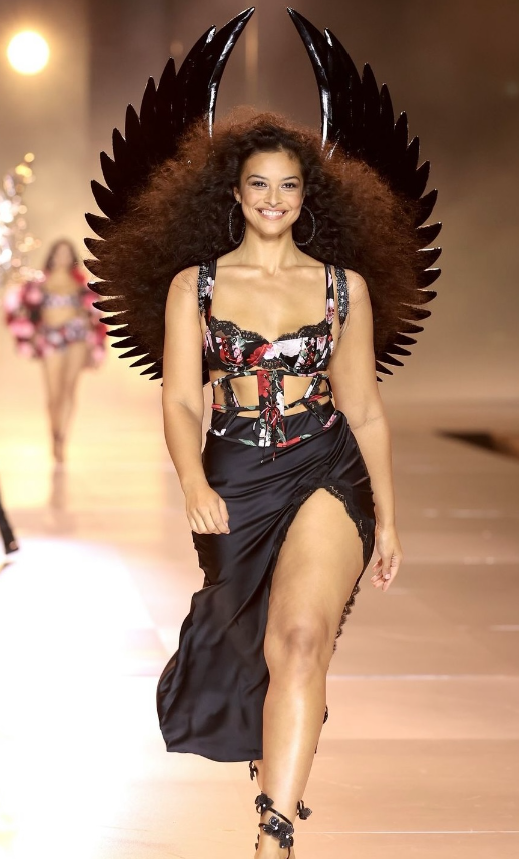
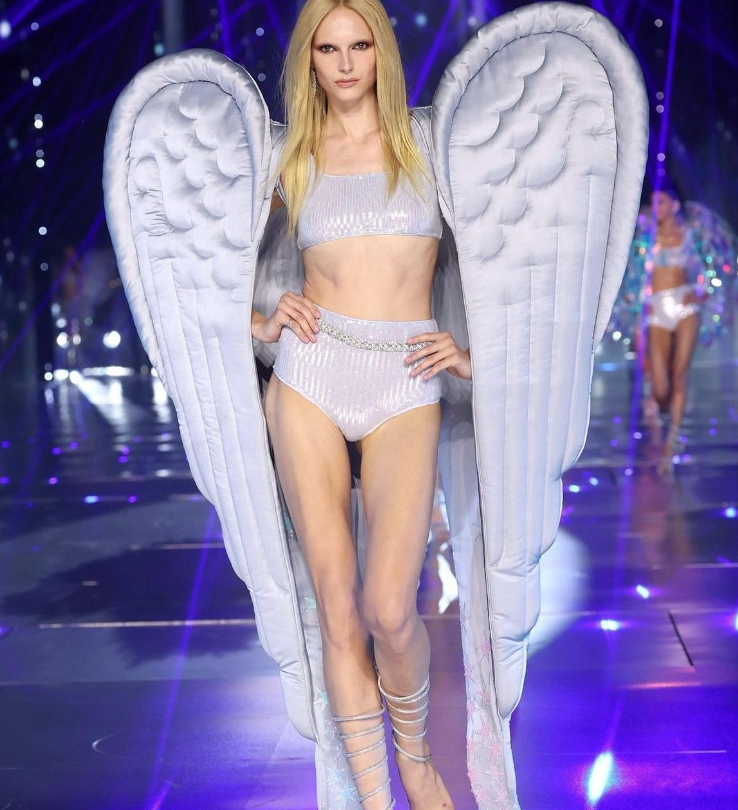
In addition to inclusive races and body shapes, Victoria’s Secret extended their female representation during their 2024 Fashion Show to include models of different ages. They brought back their original models such as Adriana Lima who is now 43 years old, Tyra Banks (50), and Kate Moss (50). In addition, they brought new angels such as Carla Bruni (56) who proved that age is just a number and beauty knows no age.
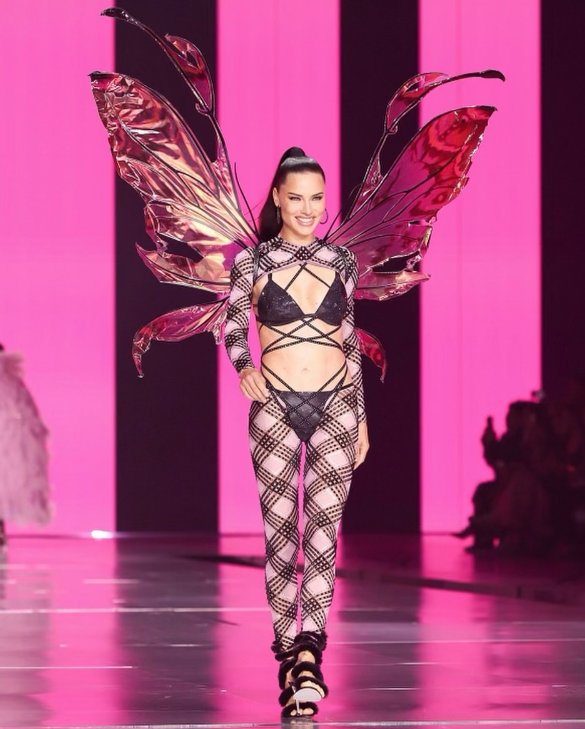
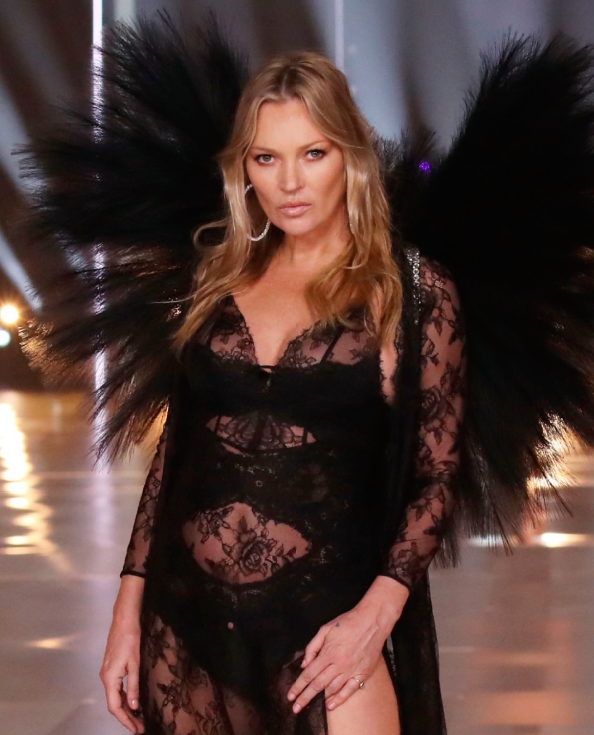
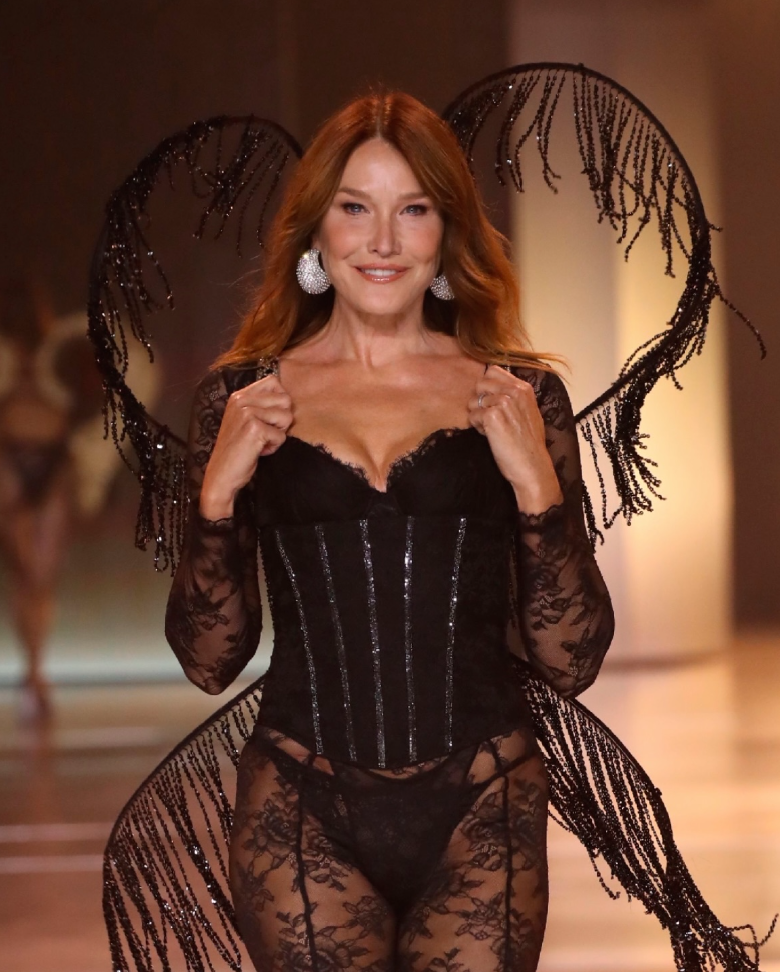
Watching the Victoria’s Secret show this year was an inspiring experience. Seeing women of diverse body types and backgrounds celebrated for their beauty contributed to a greater sense of self-love and acceptance, which felt truly empowering. Hopefully the women’s world heals as our voices become more heard.

